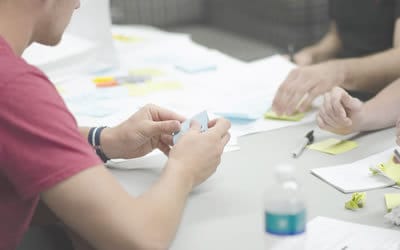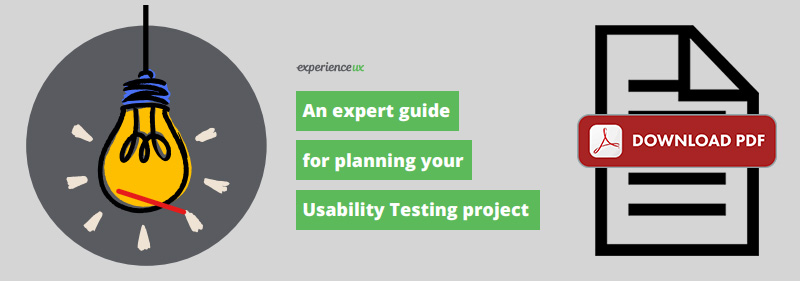Focus groups are facilitated discussions
A focus group is a moderated discussion group of anywhere from 6 to 10 participants. Each participant is chosen after filling in a screener questionnaire, which allows the researcher to ensure a good mix of people represents the target audience for the project. Before running a focus group, the facilitator will design a discussion guide to ensure the participants cover topics which are of interest to the researchers. Typically, a focus group will last around an hour and a half and will sometimes be observed by researchers and members of a wider project team using a one-way mirror.
What are the aims? When or why is it used?
Focus groups are used in traditional market research to gather target audience opinions and attitudes about certain products, services or concepts. A company may use a focus group to gather customer feedback on a new product or service before they decide to take the concept into development. In this context, a focus group can be used to test out ideas and gather opinion on whether the idea will be liked or needed by the target audience.
Focus groups are fairly widespread and appear to be an accepted form of research for many organisations. They can be used early in the product lifecycle to explore options and formulate new ideas, or they can be used later in the process to validate concepts and even choose between prototypes and different designs before launch.
Focus groups require an experienced moderator to guide discussions and to encourage participants to get involved. Moderators need to be skilled in managing and guiding a group without influencing the course of a discussion too much. At times the moderator will need to introduce projective techniques and role-play into a session to uncover deeper attitudes and opinions.
Advantages of focus groups
Focus groups provide a valuable method to gather customer feedback and opinion on different ideas and concepts. The format of a focus group session can be replicated to some extent and can therefore be taken around various geographical regions to provide high numbers of participants and a good spread of demographics. When sessions are observed by members of a client organisation, a focus group can provide invaluable insight into who their audience really is.
Disadvantages of focus groups
Focus groups have come under some criticism for their inability to remove the potential for ‘group think’ where some participants will be swayed by the opinions of other more dominant members and feel under pressure to conform. In our research, we have often found that what people say they do is often very different from what people actually do, therefore reliance upon focus groups alone can be misleading when trying to uncover true customer behaviour.
Conclusion
Focus groups provide researchers with a useful tool to generate customer feedback throughout the product lifecycle. Traditionally, market researchers have turned to focus groups for a large proportion of their research projects and have led to the method being widely used throughout the research community. It is easy to see how it has become so popular because it offers a versatile method of gathering customer feedback at almost any stage of a project and allows for the client team to observe each session.
However, the use of focus groups must be evaluated carefully as they can fall short of providing the deeper understanding for customer behaviour that many organisations may seek, which may be suited to alternative one-to-one methods such as usability testing, and customer experience research.
You may also like







